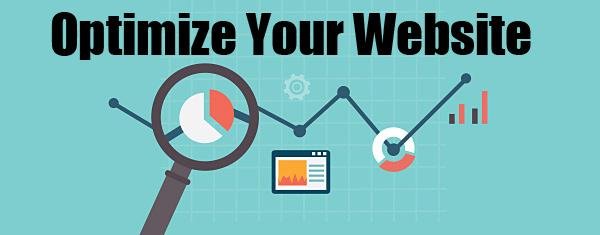Steps on how optimize your website and improve its loading speed

- Optimize images: Compress images and use the appropriate format (e.g., JPEG for photographs, PNG for graphics). Use responsive images that are appropriate for the device and screen size.
- Minimize HTTP requests: Reduce the number of requests the browser needs to make to the server by minimizing the number of resources (e.g., CSS, JavaScript, images) your website uses.
- Minify and combine files: Minify and combine your CSS and JavaScript files to reduce their file size and the number of HTTP requests.
- Use a content delivery network (CDN): A CDN stores your website’s files on multiple servers around the world, so visitors can access them from the server closest to them, reducing latency.
- Enable browser caching: Set an expiration date for your static resources (e.g., images, CSS, JavaScript), so the browser can cache them and retrieve them more quickly.
- Reduce server response time: Optimize your web server to reduce the amount of time it takes to respond to requests.
- Use a fast web hosting provider: Choose a reliable and fast web hosting provider that can handle the traffic your website receives.
- Prioritize above-the-fold content: Load the most important content on the top of the page first, so visitors can start interacting with the website while the rest of the page loads.
By following these tips, you can significantly improve your website’s loading speed and provide a better user experience to your visitors.

